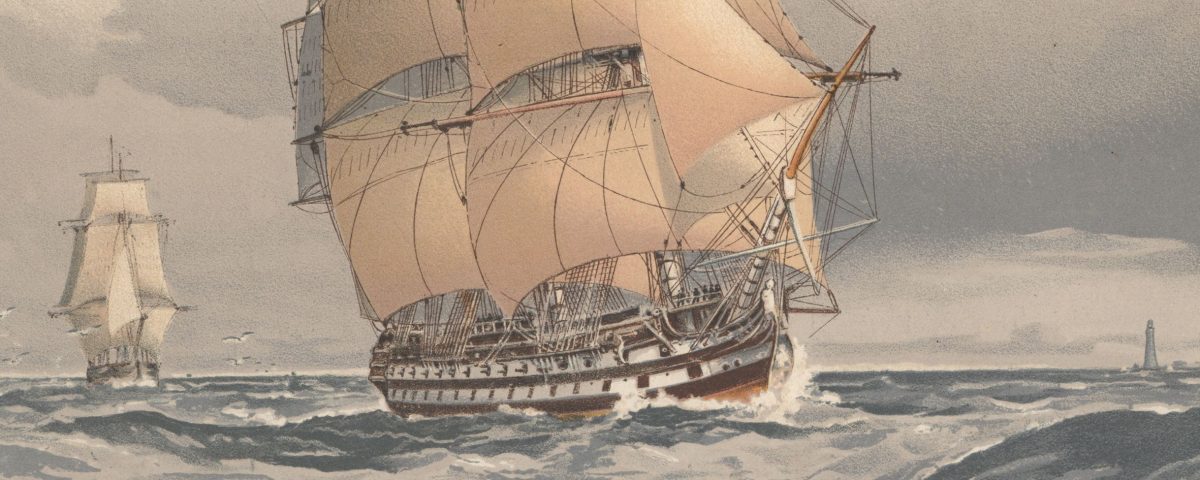This series of articles is rather different from some of our others as there are still some loose ends. We have some papers from around 1810 which turned up in a Penryn car boot sale. We are not certain who wrote them or why, or how they came to be in Cornwall. They relate to the town of Ceuta in North Africa (still part of Spain) and the siege of Cadiz. If you can add anything to what follows then please let us know.
The documents.
There are three documents, the first two take the form of an extended letter relating to a visit to the town of Ceuta on the north coast of Africa. The third is a journal of events in Cadiz between Sunday 25th February and Tuesday 13th March. The facts in the journal support a date of 1810 when the city was under siege. The author describes arriving in Cadiz from North Africa, so it is likely that the time spent in Ceuta immediately pre-dated the stay in Cadiz.
Documents A and B, were both written from Ceuta and are quite short. They are presented here as a single narrative. Document A gives information about the feasibility of using the harbour at Ceuta as a military base. Document B gives some insight into the people and life of the city. The author tells of his trips out of the town and the people with whom he is boarding.
Gibraltar and Ceuta face each other, just 14 miles apart close to the entrance to the Mediterranean: one on the north side, the other on the south. The enclave of Ceuta had been in Spanish hands since 1688. Our author paints a picture of a well-fortified, if somewhat dilapidated port of significant military importance but little commercial value.
We know that in 1809/10, General Sir John Fraser was sent from Gibraltar to negotiate the admission of British troops into the Spanish fortress. He landed on 24 March 18101 and commanded the British garrison there until 1813.
It is possible that the author was travelling with people who had been sent to reconnoitre the possibilities of using Ceuta as a surveillance point. As the first 3 pages are missing, the purpose of the visit can only be conjecture.
Document C reports on the author’s time in Cadiz and his return to England. This is much more of a journal.
The background to the papers
In 1987, a local Falmouth yachtsman, John ‘Paddy’ Bottomley, discovered a batch of papers bundled up with some old pictures, being sold at a car boot sale held in Penryn, Cornwall. The pages were in poor state and the writing very difficult to read. He entrusted them to an ex-teacher from Helston Grammar School, Philip Howells. Although not a historian, Mr Howells took the time painstakingly to transcribe as much as he could. Recognising that the papers would warrant further research, in 2008 he sent the originals to the National Maritime Museum at Greenwich with photocopies to the Bartlett Library at the National Maritime Museum Cornwall in Falmouth. And there they lay filed in order of urgency. Until in 2017 there was a cupboard clear-out and they emerged, only to hover between examination and the bin.
Like Mr Howells, the volunteers in the Library thought the papers might be of interest and checked their current status with the curators at Greenwich. Sadly, by this time, Philip Howells had passed away. After contacting his daughter, there was a clear desire to see her father’s legacy taken forward. Paddy Bottomley agreed.
Then came the 2021 lockdown caused by the Covid-19 pandemic. With the Museum closed and time available, Denise Davey took on the job of going through the photocopied papers and transcripts, filling in the gaps and putting them into historical context.
The papers have no signatures or dates but clues in their content make it possible to fix the time and place of their writing. Philip Howells thought them to be naval memoirs, but this may not be so. They all appear to be in the same hand but it is never clear as to whom they are addressed. They are not formal, but neither are they familiar. The hand is extremely irregular and the punctuation erratic but many references suggest the writer to have had a formal education, as one might associate with a hurried, non-academic, active man, keen to give a picture of his observations, possibly to a superior. Some of the observations are callow, bordering on the distasteful.
Not all of the text is legible. Those with more knowledge of the context may be able to fill in gaps and any suggestions will be considered. Words marked in […?] indicate illegibility in the original unresolved by the transcriber. Capital letters have been inserted at the beginning of sentences to make the text more readable. Otherwise the spelling and grammar is the author’s own.

